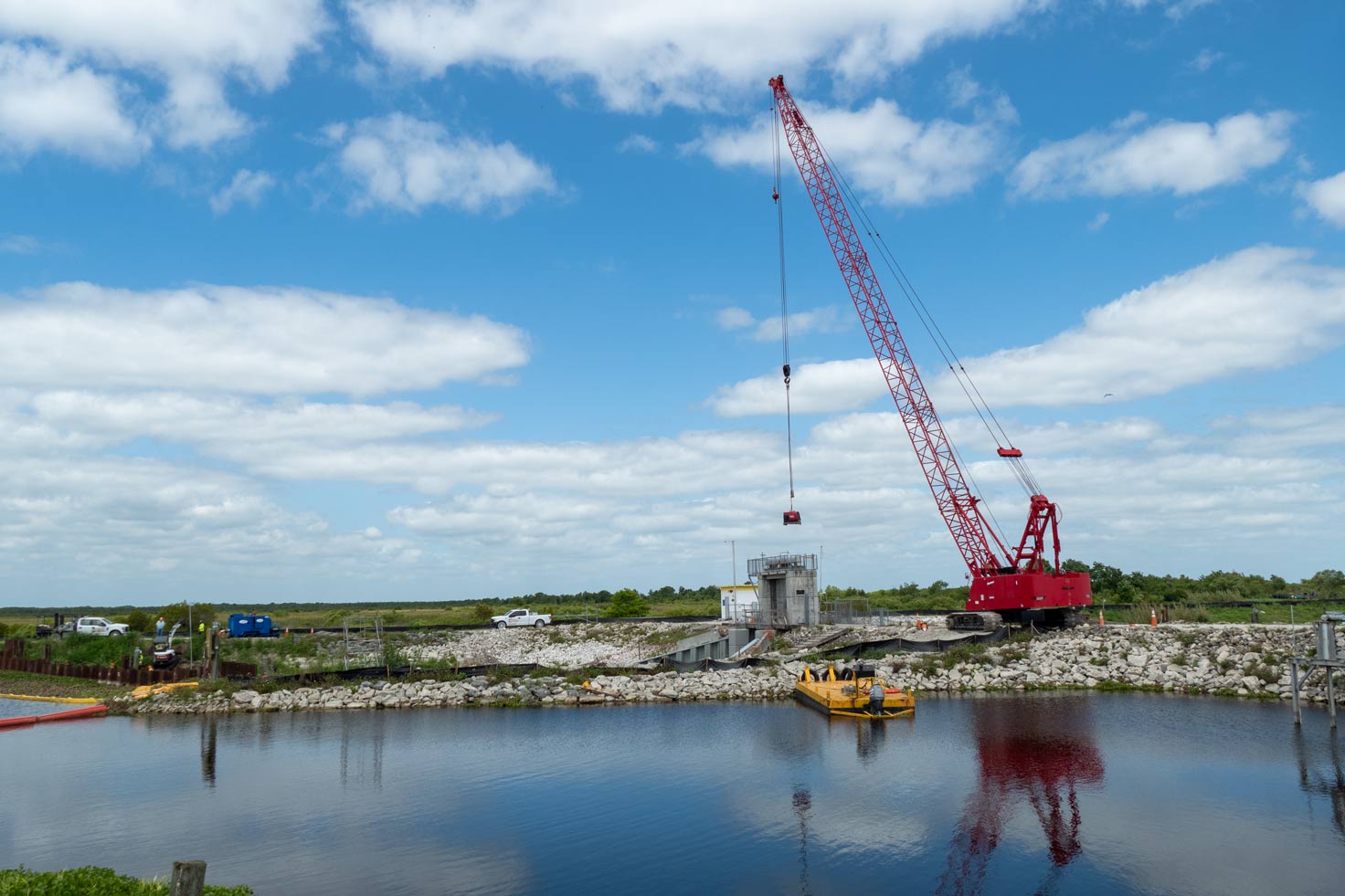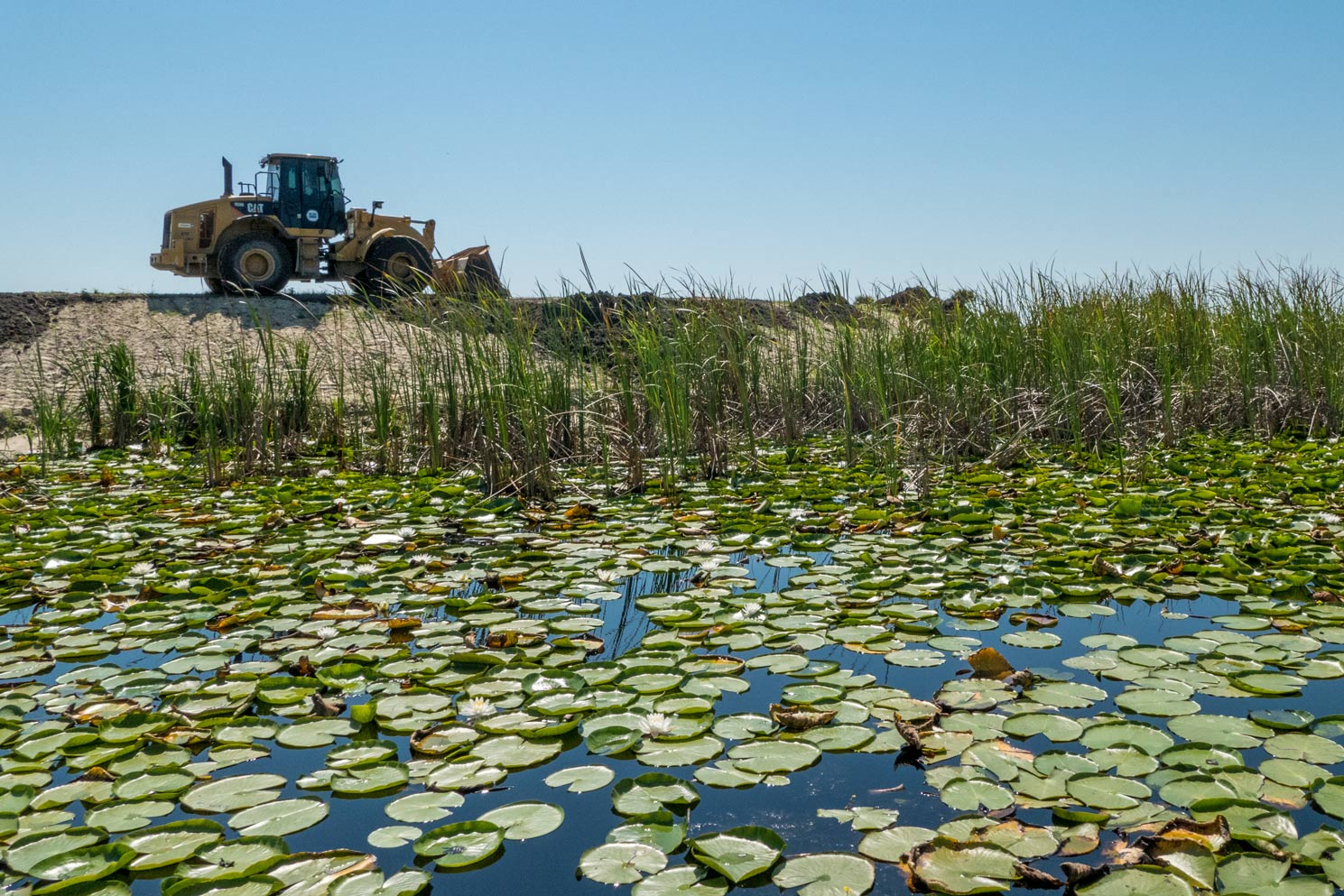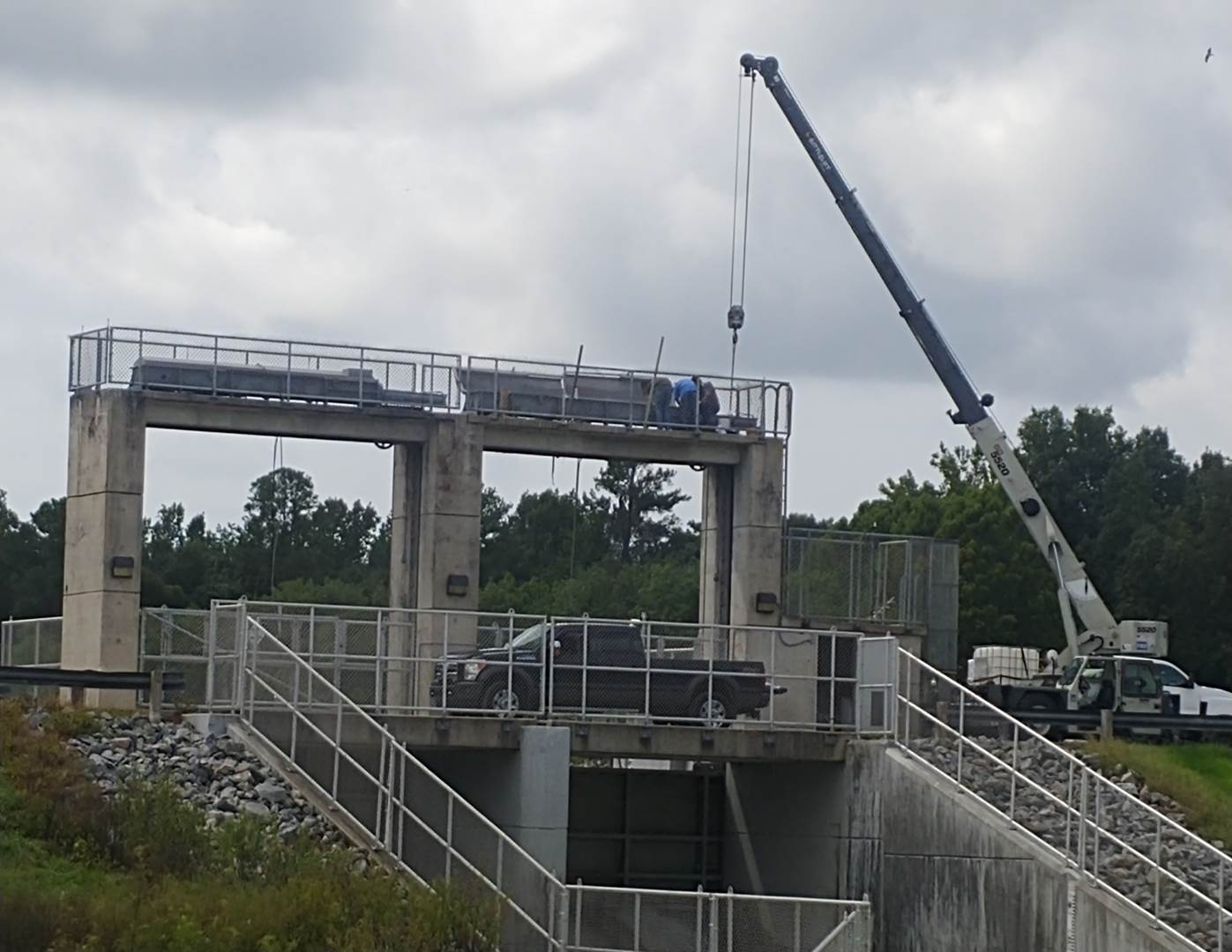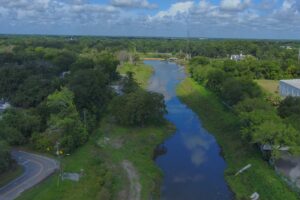Ongoing maintenance ensures flood protection structures
are ready when needed
Feb. 3, 2022
Guest column: Amy Wright, Supervising Professional Engineer, Bureau of Operations and Maintenance
Flood protection — it’s one of the four core missions of the St. Johns River Water Management District, and to those of us in the Bureau of Operations and Maintenance (O&M), not only is it about managing water level and flows, but it is also the day-to-day maintenance of nearly 115 miles of federal levees, 12 major water control structures and 76 minor water control structures.
How does the District manage these systems? In the O&M bureau, it’s all about the plan. We have both 5- and 20-year Capital Improvement Plans which serve as the basis for the capital projects in our annual work plan. These projects not only include improvements to federal levees, major water control structures and minor water control structures, but also include improvements to infrastructure on over 700,000 acres of land that the District manages.
Twice annually, our flood control team completes detailed inspections of the District’s flood protection levees and structures. Potential issues identified during these inspections are prioritized for repair. A combination of in-house crews and contractors are utilized to complete the work, which can take multiple years and thousands of dollars to complete. An excellent example of this work is on C-231, a federal levee located in Marion County adjacent to the Ocklawaha River. Over the past few years, the District has systematically regraded the levee where erosion and depressions created challenges for our mowing contractors, placed sod in areas where more robust grass was needed, placed riprap along the toe of slope to protect against future erosion, and removed woody vegetation to protect slopes from root penetration and facilitate inspections. This type of work occurs on various levees every year based on the results of the semi-annual inspections and the O&M work plan.
Our bureau also operates and maintains 12 major water control structures (WCS), which are key to moving water in the areas where we perform active flood control. Several years ago, a plan was developed to renovate all WCS. To date we have renovated six of the 12 structures. Two additional structures are currently being rehabilitated (Harris Bayou in Lake County and S-96, a major WCS in southern Brevard County), while the remaining four are scheduled for renovations over the next four years. One notable upgrade to our major WCS is the change to drum and cable lift systems versus hydraulic lift systems. Until recently, hydraulic systems were used to physically lift the gates, but we noticed that these systems could leak and require more long-term maintenance, so we committed to a program of upgrading our WCS to drum and cable systems. These systems use an electric motor to rotate a drum on top of the structure, which then winds up the cable like a spool of thread, lifting the gate. This fiscal year the Moss Bluff and S-96 WCS will be converted.
Another major aspect of our flood protection maintenance is underwater inspection of all minor WCS (mainly culverts) that perforate the federal levees. These inspections are performed by engineering diving consultants and take place every five years. Based on the findings, repairs are performed in subsequent years. Last year we slip-lined four of our minor WCS, effectively eliminating corrosion concerns. This year, we are performing a diverse set of repairs, including replacing slide gates, replacing damaged hardware, and placing protective coatings on metal support beams. While these types of repairs may seem minor, they are integral in ensuring our infrastructure is able to operate when needed.
Our O&M bureau is proud of the work we do for the District in support of the flood protection core mission.








